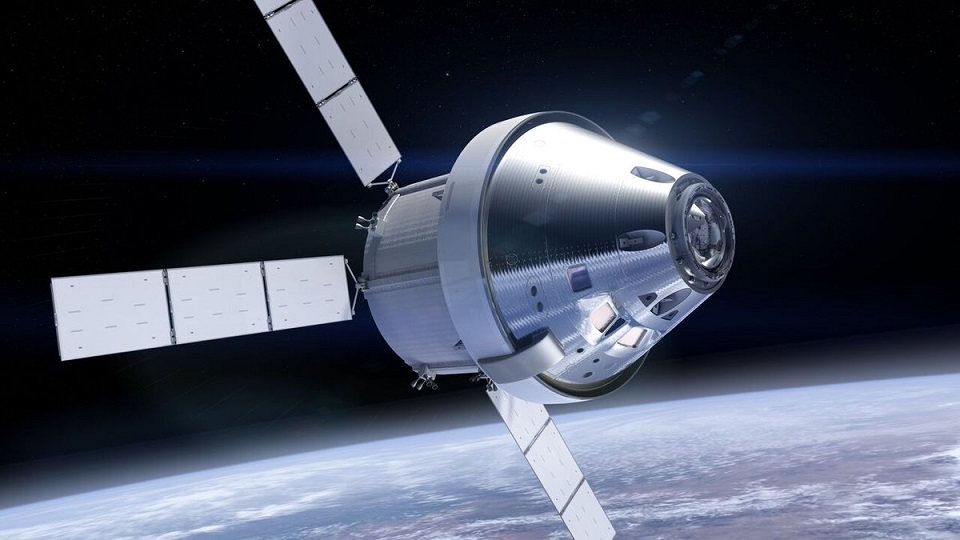Development & Wide Applications of Titanium Alloy

Development & Wide Applications of Titanium Alloy
Titanium alloy is a very important refractory material. Its development history has experienced more than half a century and it has been widely used. If you want to know the history of titanium alloy or its applications, then you've come to the right place. In this article, we will take a deeper look at the development & wide applications of titanium alloy.

Development & Wide Applications of Titanium Alloy
Development of Titanium Alloy
Titanium alloy refers to a variety of alloy metals made of titanium and other metals. Titanium is an important structural metal developed in the 1950s. Titanium alloys are widely used in various fields because of their high strength, good corrosion resistance, and high heat resistance. Many countries in the world have realized the importance of titanium alloys and have successively developed them.
In 1954, the United States successfully developed the Ti-6Al-4V alloy. Because of its good heat resistance, strength, plasticity, toughness, formability, weldability, corrosion resistance, and biocompatibility, it has become the leading alloy in the titanium alloy industry. The amount of this alloy used has accounted for 75%-85% of all titanium alloys. Many other titanium alloys can be regarded as modifications of the Ti-6Al-4V alloy. Ti-6Al-4V alloy is the first practical titanium alloy.
From the 1950s to 1960s, the main focus was on the development of high-temperature titanium alloys for aero-engines and structural titanium alloys for airframes; in the 1970s, a batch of corrosion-resistant titanium alloys was developed; Since the 1980s, corrosion-resistant titanium alloys and high-strength titanium alloys have been further developed. The use temperature of heat-resistant titanium alloys increased from 400°C in the 1950s to 600-650°C in the 1990s. The emergence of A2(Ti3Al) and r(TiAl)-based alloys have made the use of titanium in the engine's parts to be pushed from the cold end of the engine (fan and compressor) to the hot end (turbine) of the engine. Structural titanium alloys are developing in the direction of high strength, high plasticity, high strength, high toughness, high modulus, and high damage tolerance.
Memory titanium alloy has attracted global attention and attention. Since the 1970s, shape memory alloys such as Ti-Ni, Ti-Ni-Fe, and Ti-Ni-Nb have appeared, and they have been widely used in engineering.
There are hundreds of types of titanium alloys developed in the world, and there are 20-30 types of the most famous titanium alloys, such as Ti-6Al-4V, Ti-5Al-2.5Sn, Ti-2Al-2.5Zr, Ti-32Mo, Ti -Mo-Ni, Ti-Pd, SP-700, Ti-6242, Ti-10-5-3, Ti-1023, BT9, BT20, IMI829, IMI834, etc.
Wide Applications of Titanium Alloy
The chemical industry has always been the largest user of titanium materials, and its consumption accounted for more than 50% of the total consumption of titanium materials, and as high as 55% in 2011. Nowadays, titanium alloys have broad prospects in the civilian market and are widely used, such as titanium alloy bicycles, titanium alloy helmets, and medical titanium alloys. In addition, with the development of 3D printing technology, the applications of titanium alloys will be promoted to a new level.
Conclusion
Thank you for reading our article and we hope it can help you have a better understanding of the development & wide applications of titanium alloy. If want to learn more about titanium alloys or other types of refractory metals, we would like to advise you to visit Advanced Refractory Metals (ARM) for more information.
Headquartered in Lake Forest, California, USA, Advanced Refractory Metals (ARM) is a leading manufacturer & supplier of refractory metals & alloys across the world. It provides customers with high-quality refractory metals & alloys such as molybdenum, tantalum, rhenium, tungsten, titanium, and zirconium at a very competitive price.
{{item.content}}
LEVE A REPLY
{{item.children[0].content}}
{{item.content}}






